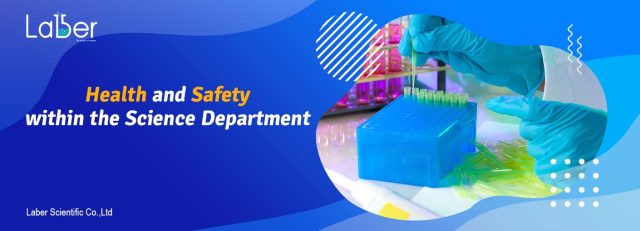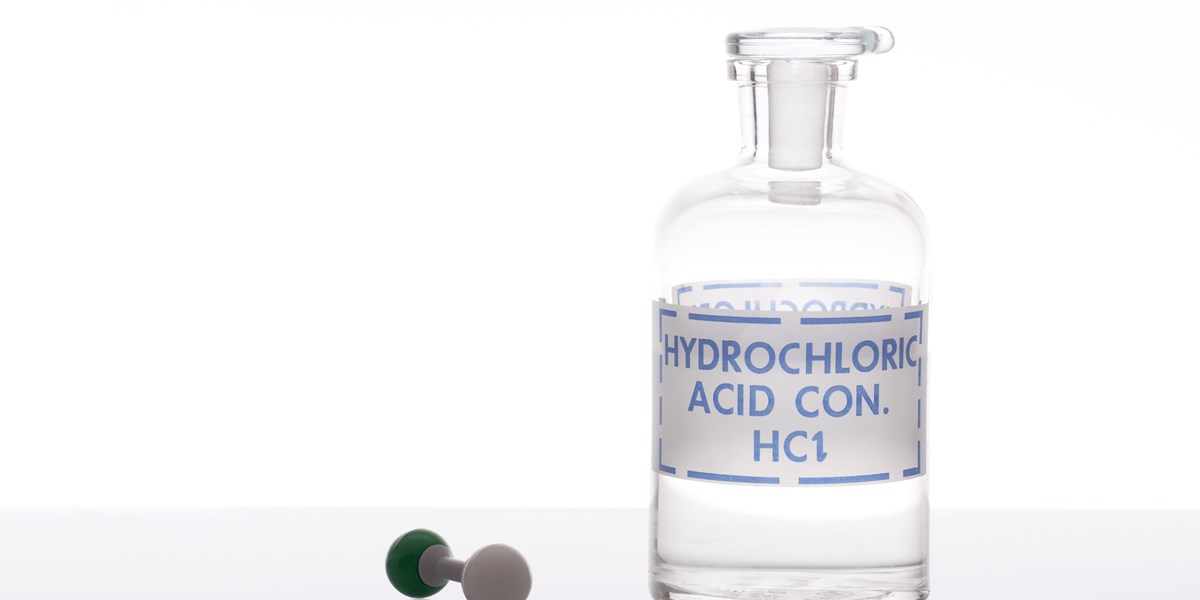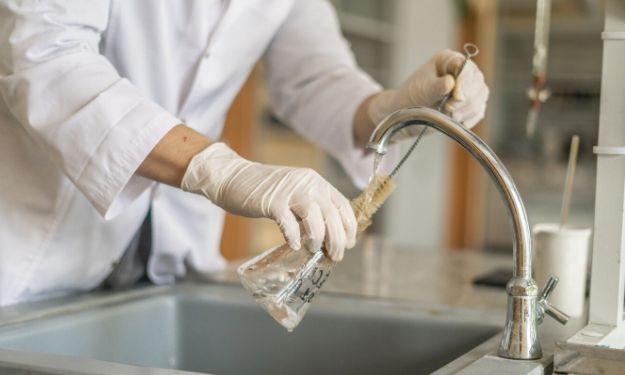
We know it’s getting to that time of year. Exam season is upon us and we start to sense that the long summer holidays aren’t too far away. Perhaps you’re even starting to think of an overdue break in the sun.
However, before this becomes a reality. There are many tasks that need to be undertaken in your Lab or Prep Room. Our guide shares some hints and tips from our Technical Experts to help you follow best practice.

Health and Safety within the Science Department
Health and Safety is important to everyone in all area of work and life. This is especially true when students are involved.
It is good practice for all members of school staff to:
- Take reasonable care for themselves and their students
- To be aware of the cause and effects of their actions or omissions in the laboratory
- Be familiar with and follow the school safety policy
Staff Responsibilities
- The Principal/ Head has overall responsibility for Health and Safety within the school
- In the Science Department overall responsibility lies with the Head of Department. S(he) delegates the detailed supervision to the HOD’s
Risk Assessment and planning
The difference between a hazard and a risk can be defined as the following:
- A hazard is something with the potential to cause harm, including ill health and injury, to persons or to cause damage to property, equipment etc;
- A risk as the likelihood of a hazard causing harm in practice
Every activity should be assessed for risk, including carrying trays of equipment and pushing trolleys. The balance between the desire to eliminate risk with the need to maintain practical work should be thought through e.g an experiment may be demonstrated in order to reduce the level of risk to students.
A risk assessment is a systematic consideration of the ways in which an activity can cause harm to anyone, followed by decisions on whether a less hazardous activity can be substituted and, if not, the restrictions and precautions that are needed to make the risk acceptably low. It must be remembered that: ‘The level of detail in a risk assessment should be proportionate to the risk. Once the risks are assessed and taken into account, insignificant risks can usually be ignored.’
Points to be considered when using risk assessments:
- Can the proposed activity be carried out just as well, but more safely, by modifying the method, eg, by using safer chemicals or microorganisms, smaller quantities, lower voltages, temperatures or pressures, more dilute chemicals etc, or by using another method altogether?
- Should the proposed activity be carried out as a class experiment, as a teacher demonstration or not at all?
- What precautions, including the use of eye protection, safety screens or gloves, are required to make the risks insignificant?
- What precautions, including the use of fume cupboards, ventilation, eye protection, safety screens or gloves, are needed in preparing for the activity, in clearing away and in case of an accident?
- What warnings should pupils be given, including precautions such as the use of eye protection, safety screens or gloves, with reasons for the precautions explained as part of pupils’ education?
PAT Testing
Currently, there are no strict legal requirements for PAT testing within the UK. The Government, however, have put regulations into place that pertain to the maintenance of electrical appliances, and the most effective way to ensure that these regulations are met is through PAT testing.
PAT testing provides the most effective way to identify defects that can come with use. Faults in electrical equipment pose a potential hazard, particularly if they are not repaired readily. Even though PAT testing itself is not required by law, the consequences of electrical faults should be considered carefully.








